Lebanon has been amazing so far. While Beirut is enchanting in its own way – a city full of contradictions that make it even more appealing to explore – and Bsharri provides us with a jaw-dropping view of the lush and historic Qadisha Valley, our time has come to bid adieu to the latter, for we have to continue our journey eastward over the snowy peaks of the Mount Lebanon range to reach a part of the country that is completely different from the Maronite Christian heartland where Bsharri is located.
Mahmoud – James’s friend whom he met in Salamanca, Spain – expressed his slight worry when he found out that we put Baalbek (also spelled Baalbeck) in our itinerary. This small city is located in the Beqaa (also spelled Bekaa) Valley, Lebanon’s breadbasket as well as the stronghold of Hezbollah, an Iran-backed Shi’a political party and militant group – one of many belligerents in the Lebanese civil war – which is also the only non-military force that was not disbanded following the conclusion of the conflict. Hezbollah’s position in the context of the Lebanese political scene is a complex one. It is considered a terrorist organization by the US, Canada, the EU, and the Arab League – among other nations and organizations. However, its paramilitary wing – believed to be more powerful than the Lebanese Army – were instrumental in pushing the Israeli occupying forces back from southern Lebanon, which helped to bring an end to the prolonged civil war. However, it’s often described as a state within a state and viewed suspiciously by the country’s Sunni population and some Christian communities.
But that’s not the reason why we were thinking of going to Baalbek in the first place.
The Roman ruins of Baalbek have captivated my imagination since the first time I read about them. All blog posts about this place (which are very few) and travel articles written by those who were fortunate enough to be able to see them always describe the millennia-year-old compound as massive and impressive. Unfortunately today many Western governments still advise their citizens to avoid this part of Lebanon. Some even put Baalbek and the entire northern region of the Beqaa Valley in the ‘Do not travel’ category on their websites. We’re already in Al Arz anyway, and Baalbek is just behind those snow-capped peaks that we see every day from our hotel. For us the problem has less to do with security, but more with practicality for the main road between Bsharri and Baalbek is still closed because of thick snow, forcing us to take a detour.
Wafik, our driver from Beirut to Al Arz, offered to take us to Baalbek upon discovering our plan to visit the other side of Mount Lebanon. “It will take four to four and half hours,” he explained while describing the much longer alternative route. From Bsharri we would have to go down toward the coast and head south to Beirut before turning east toward Zahlé from which a highway goes all the way to Baalbek. “Let me know on WhatsApp at what time you want me to pick you up,” he said as we arrived in Al Arz a few days earlier.
On our last night in the snowy, sleepy town of Al Arz, we looked up the weather forecast for Baalbek, and it made us a little concerned. Cloudy days seemed to loom ahead and persist throughout our stay in the Beqaa Valley. However, it also showed that we might get a chance of a mostly sunny day only if we manage to arrive in Baalbek by noon. I contacted Wafik, asking him if he could pick us up an hour earlier – from 11 to 10am. “I can’t. I have to go to the [Beirut] airport first in the morning, and arrive at your hotel at 11,” he replied. Then we asked Mira – the hotel’s manager – if she could arrange a pick up for us at 10. “Sure,” the ever-friendly and accommodating young woman said to us in an assuring tone. Soon afterward, I reached out to Wafik again and apologized for canceling the pickup, then hoped that the new driver would in fact come on time the next morning. “No problem.”
It’s another cold, sunny day in Al Arz, and we’re all ready to leave the comfort of our homey hotel. At around 10am a taxi pulls over, and it looks somewhat familiar. A neatly-trimmed bearded man with brown hair emerges from inside the old station wagon, and we recognize him right away. It’s Waleed, the same person who took us back from Bsharri to Al Arz yesterday afternoon. Everyone is sporting a big grin upon seeing each other, and after saying thank you and goodbye to Mira and Rafael, we hop into Waleed’s car, ready for the journey to the infamous Beqaa Valley.
Mira had told us earlier that instead of taking the long way through Beirut, Waleed would cross over the mountains on an alternative route just a little further south from the shortest way possible. Little did we know that we would soon be driving through an inhospitable pass at a high altitude where not a single soul could be seen. But before that, Waleed takes us through winding country roads carved into the slopes of the Mount Lebanon range, which afford us a spectacular view of the Qadisha Valley from another, less-photographed angle. It’s hard to imagine how a land this beautiful was once ravaged by brutal conflicts along invisible sectarian lines marked by always-shifting alliances. However, as this dark chapter is now in a relatively distant past, what remains in this tranquil corner of the country are serene villages and towns with no apparent vestiges of the civil war.
We pass through Tannourine, a small city after which a cedar reserve in this area is named. “The cedars here are only 1,500 years old,” Waleed says, already a long time by most standards. However, compared to the same species of trees occupying Al Arz which are purportedly more than 4,500 years old, the former are certainly still young. One Maronite Christian town after another, each of them with at least one beautiful church roofed in orange tiles, flash by through the windows as Waleed navigates this route where, unlike the busy highway from Beirut to Tripoli that we took a few days earlier, we only spot a few other cars on occasion.
The higher we go up, the less houses we see, and the worse the road condition becomes. The landscape also gradually changes, from verdant valleys to barren land with patches of snow covering parts of the otherwise brown, lifeless peaks and mountainsides. Waleed explains how the extreme and harsh weather here forbids any kind of human settlement, and as far as the eye can see, all I’m witnessing couldn’t have been more different from where we were half an hour ago. It’s as if we were leaving Rivendell en route to the other side of the Misty Mountains through Caradhras, minus any magic spell invoked by a wicked wizard to harm our journey.
Despite the desolation of this place, it’s actually nice to see snow up close again. Waleed, from time to time murmuring a Christian prayer and smoking some cigarettes, seems to know this area quite well, although I doubt there are a significant number of tourists taking this road to see what’s on the other side of the mountain. After reaching the highest point of the route, we start our descent to the Beqaa Valley; from up here it appears to be a vast green carpet of flat agricultural lands stretching to the north and south. Far to the east, meanwhile, stands the Anti-Lebanon mountain range which together with Mount Lebanon act as natural fortresses for the valley. But before we can get a closer look at it, multiple military checkpoints force us to slow down every now and then.
The Beqaa Valley already feels different, not only because of its topography compared to the more rugged Qadisha Valley, but also due to the presence of mosques built in a similar architectural style with those in Iran that I had seen on the internet. This is only natural since we’re now entering a Shi’a-majority land. And right behind the towering peaks of the Anti-Lebanon mountain range is Syria, a country that shares many cultural and historical aspects with its smaller neighbor, and which for decades held Lebanon hostage by meddling in the latter’s internal politics and security. It was through Syria that Hezbollah’s paramilitary wing made their entrance into Lebanon, although the picture today that we’re seeing is a dramatic change, for it is now Syrian refugees as opposed to armed groups that are making their way into the Beqaa Valley.
As soon as we reach the first village in this valley, a troubling scene comes into sight. Row after row of UNHCR white tents are a testament to the plight of ordinary people who had to leave their homes in Syria for a safer, albeit less comfortable, environment in the Beqaa Valley. The small country of Lebanon with its delicate sectarian balance has experienced firsthand how an influx of Palestinian refugees from its neighbor to the south decades ago tipped that balance and helped ignite a war the country doesn’t want to ever see again. That and the extremely convoluted nature of the present war in Syria certainly paints a grim future for these refugees.
Waleed looks around to gauge where we are right now and which direction to go. Along the small road that we pass, churches emerge every now and then, an indication that despite being a Shi’a-majority land, the Beqaa Valley holds a sizeable Christian community. At an intersection, a big poster of Hassan Nasrallah – Hezbollah’s current secretary-general – stands on the roadside, a reminder that we’re now entering a part of Lebanon shunned by many. To make sure we’re not going in the wrong direction, Waleed pulls over to ask some locals the way to Baalbek, and a few minutes later we finally find the Zahlé-Baalbek highway, connecting the capitals of the Beqaa and the Baalbek-Hermel Governorates, respectively. There’s a palpable presence of the Lebanese military at some parts of this smooth road, although the only nuisance resulting from this is the slowing down of the traffic rather than an intense and intimidating situation.
We keep moving north down the relatively straight highway, and then… “look!” James, who’s sitting on my left, nudges me. He points out something up ahead but still far off, a structure that looks ancient and different from the otherwise inconspicuous houses and shops on both sides of the road. We get our first glimpse of the Roman ruins of Baalbek as it slowly emerges on the horizon; even from a distance, it appears to be quite a marvelous architectural wonder. In no time, Waleed pulls over in front of an old hotel just across the ruins, its façade a telltale sign of the glorious bygone era before the onset of World War I. The Palmyra Hotel is in fact the oldest hotel that is still operating in Baalbek. For more than 140 years, it has welcomed distinguished guests – including the last emperor of Germany Kaiser Wilhelm II, the first president of the fifth French republic Charles de Gaulle, the founder of modern Turkey Mustafa Kemal Ataturk, kings and queens, as well as other royals. Many of these prominent figures stayed at the hotel while touring Syria, Lebanon, Jordan and the Holy Land. The hotel’s name suggests the past connections between the ruins just across the street with the ones in the deserts of Syria, which unfortunately sustained a great amount of destruction at the hands of IS in 2015.
After parting ways with Waleed and wishing him a safe journey back to Bsharri, we enter the hotel’s lobby. Despite its outdated and rather gloomy appearance, one can imagine its grandeur in the past. It was also here where the Déclaration du Grand Liban which established the boundaries of modern-day Lebanon was signed in 1920. More astonishingly, since its inception, the hotel has never closed its doors for a single day, even during the bloodiest period of the civil war. In 2000, when normalcy had, to some extent, returned to Baalbek, the current owner of the property purchased a nearby traditional house which was turned into L’Annexe, an offshoot of the hotel which happens to be where we’re staying for the next three nights.
Making the most of the sunny afternoon, we go straight to the ruins right after lunch. As we walk closer to the ancient compound, the scale of the ruins only becomes clearer. A monumental staircase leads to the grand entrance to the larger structure – the Great Court of Roman Heliopolis – with the Temple of Jupiter standing at the end and occupying its most sacred part. It is unclear when the temple was first constructed – some studies estimate that work may have begun as early as the late first century BC – but what is certain is that it holds the title of the world’s largest Roman temple, although situated thousands of kilometers away from Rome. Erected on a broad platform of thick and heavy stone foundation, the temple is believed to have been built on the site of an even older place of worship.
Thousands of years after construction work began, the temple has been severely damaged by earthquakes, pillaged by rulers of faraway lands, and ignored by foreign conquerors, until the arrival of a German expedition who between 1898-1903 excavated the Temple of Jupiter and the adjacent Temple of Bacchus. This is my first time seeing Roman ruins, and I immediately feel humbled by its sheer size. The height of the columns, the intricacy of the sculptures, and the overall dimensions of the entire compound are incredible. “How can you visit other Roman ruins after this?” James grins. Underneath the main court of the Temple of Jupiter is a small but well-thought-out museum which takes visitors right from the very beginning of the history of this marvelous complex that has been inscribed as a UNESCO World Heritage site in 1984, years before the civil war came to an end.
Before I realize it, all of my memory cards are suddenly full and we’re nearing the closing time of the compound. The beauty of staying just across the street, however, is that we can always go back the next day: our plan is to return and shoot the Temple of Bacchus bathed in the morning sun to complement the afternoon shots we just took. We exit the gates feeling satisfied, for the Roman ruins in Baalbek live up to its reputation and even exceed our expectations. A friendly souvenir seller probably notices our excitement and moments later we’re already inside his shop, filled with the usual souvenirs and trinkets – keychains, fridge magnets, bronzeware and books, among other things – as well as shirts and flags emblazoned with the emblem of Hezbollah. We only grab an official guide book of Baalbek published by the Lebanese Ministry of Tourism (which is filled with beautiful photos and useful information of each structure within the compound) and excuse ourselves to go back to our hotel to rest, for another day at one of the world’s most impressive ancient ruins awaits us.
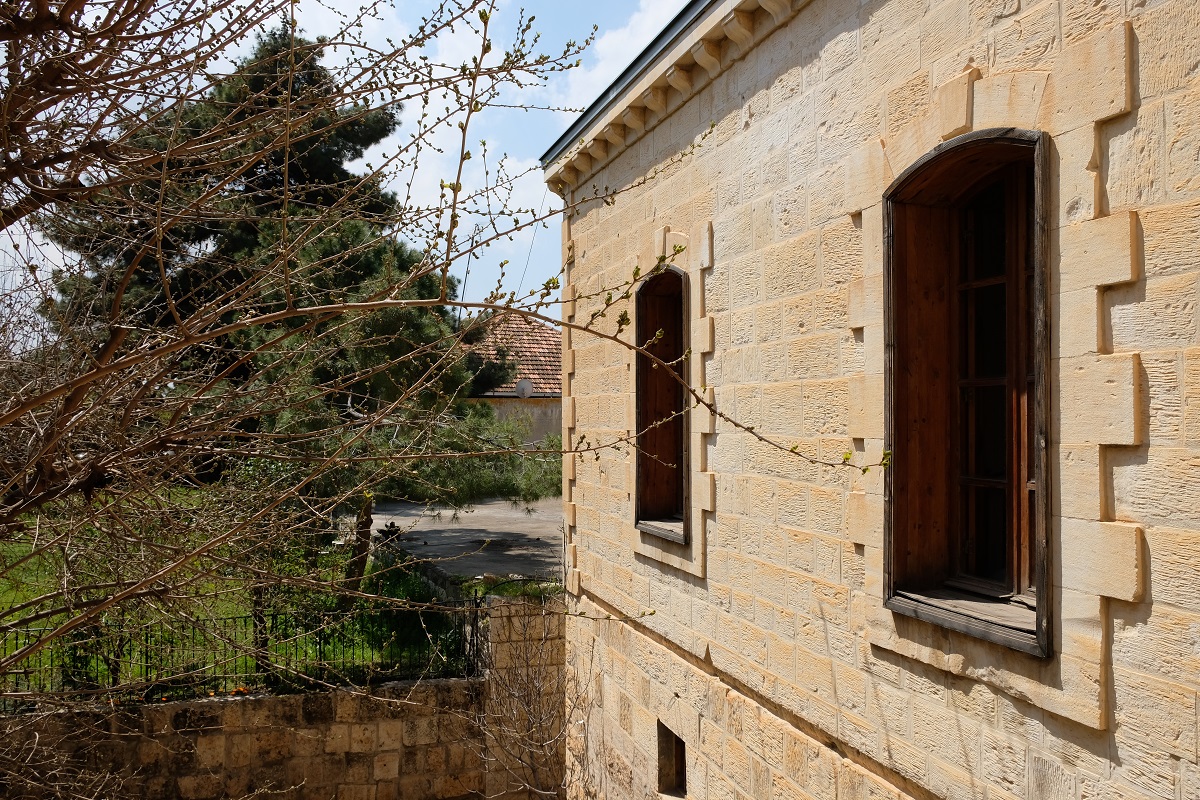
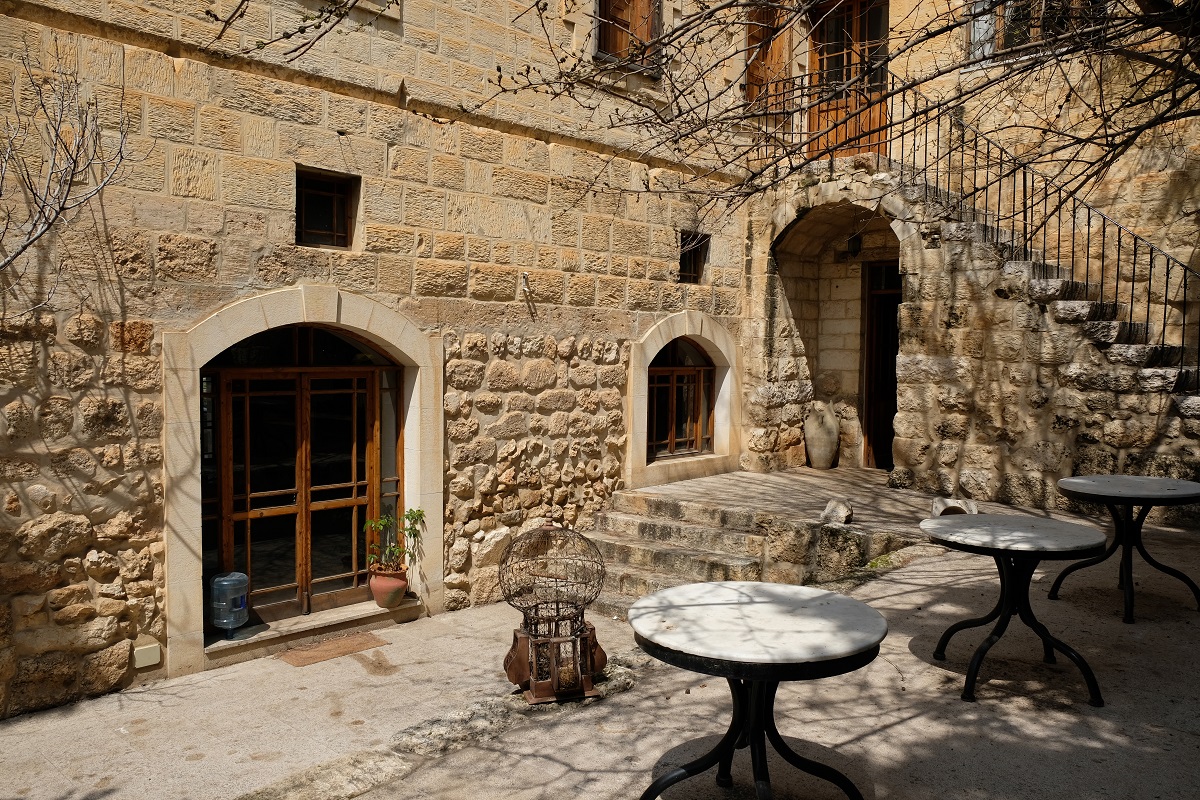
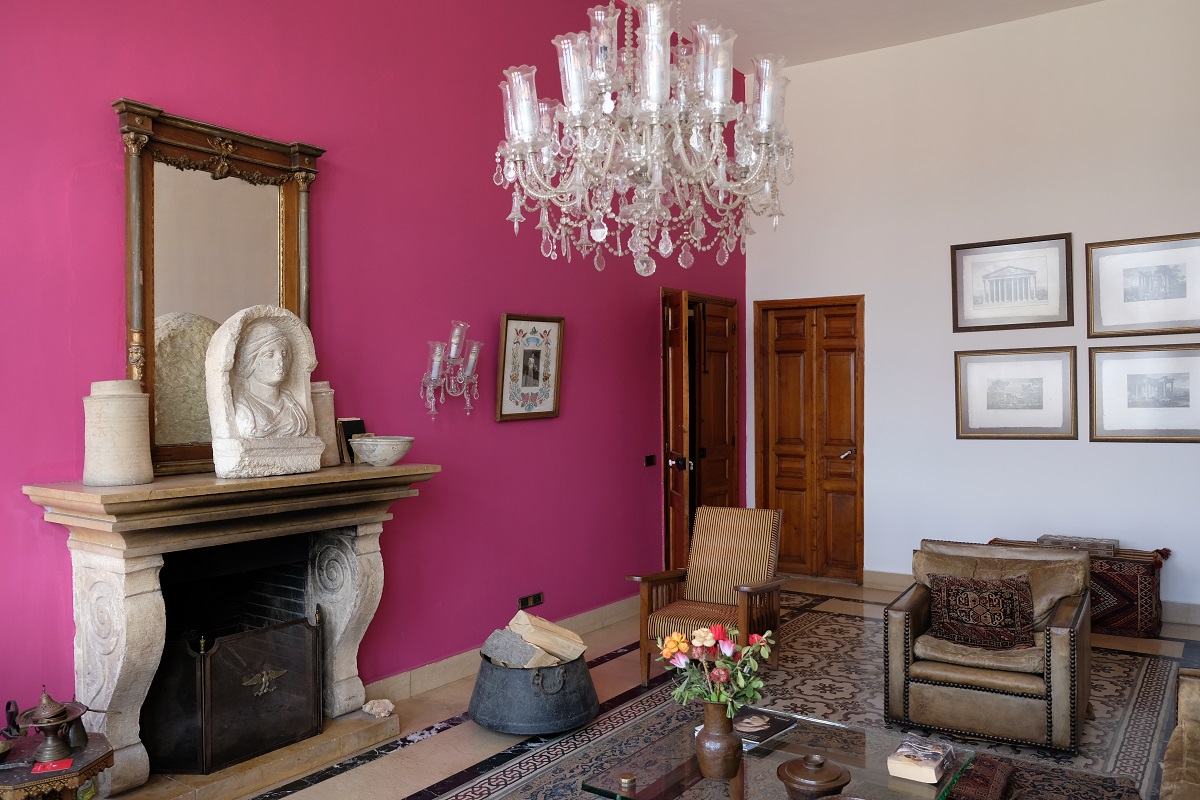

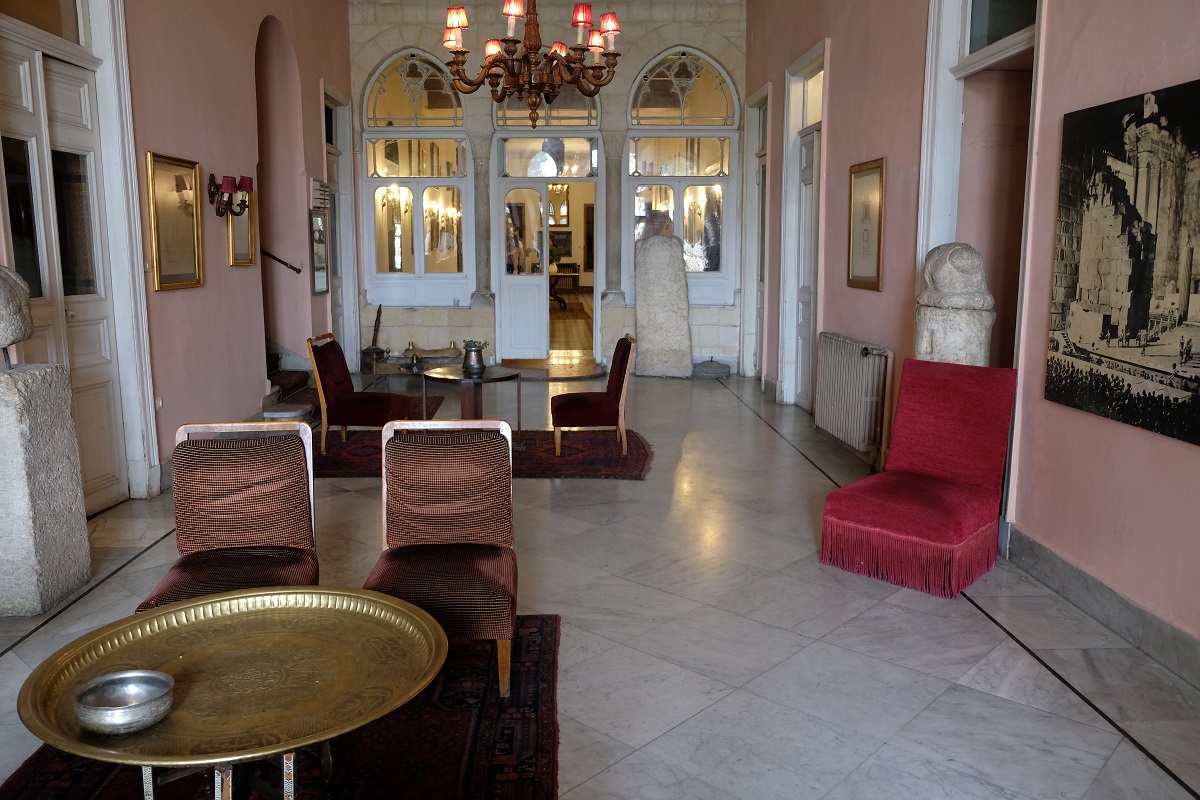
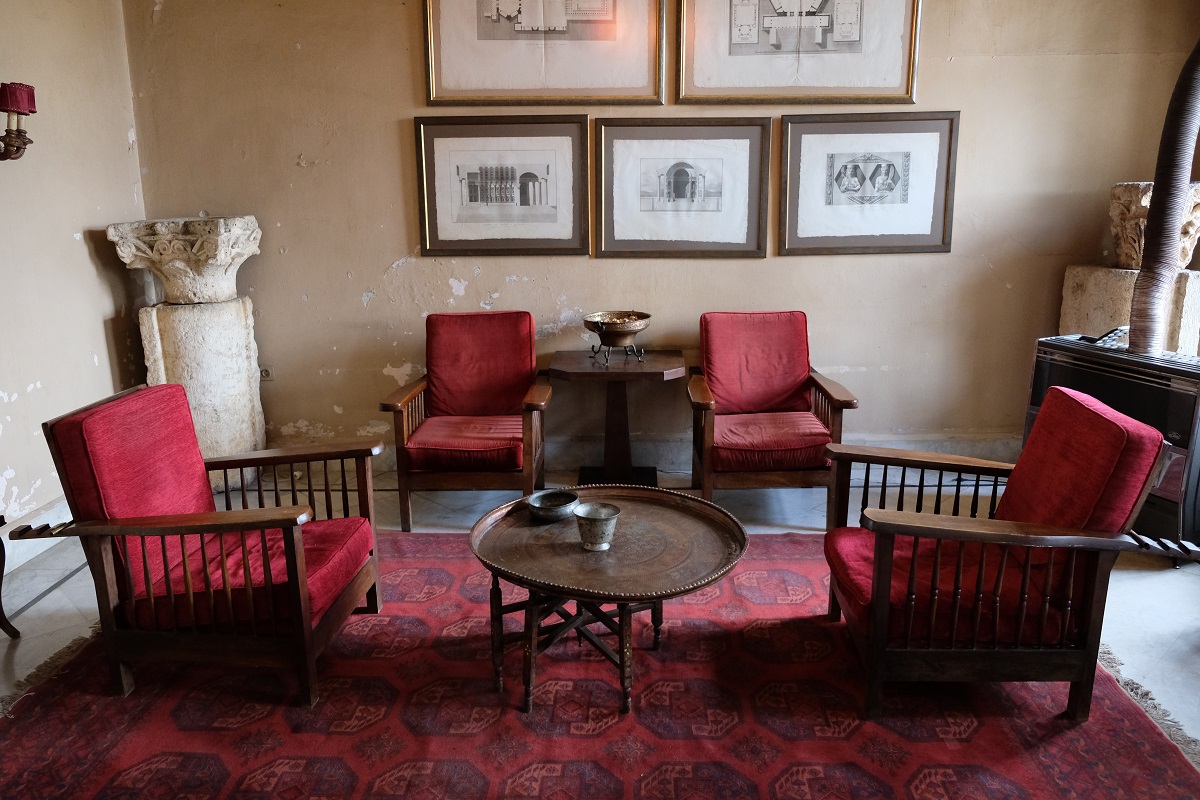

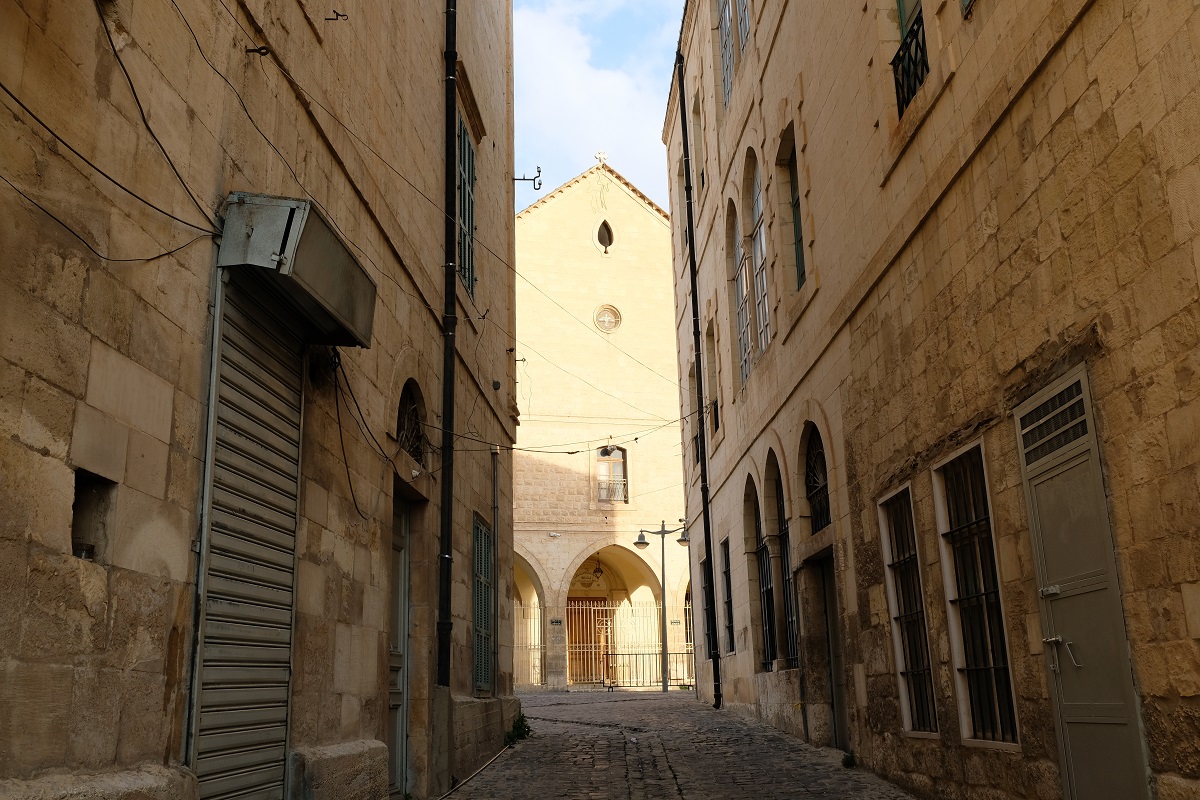
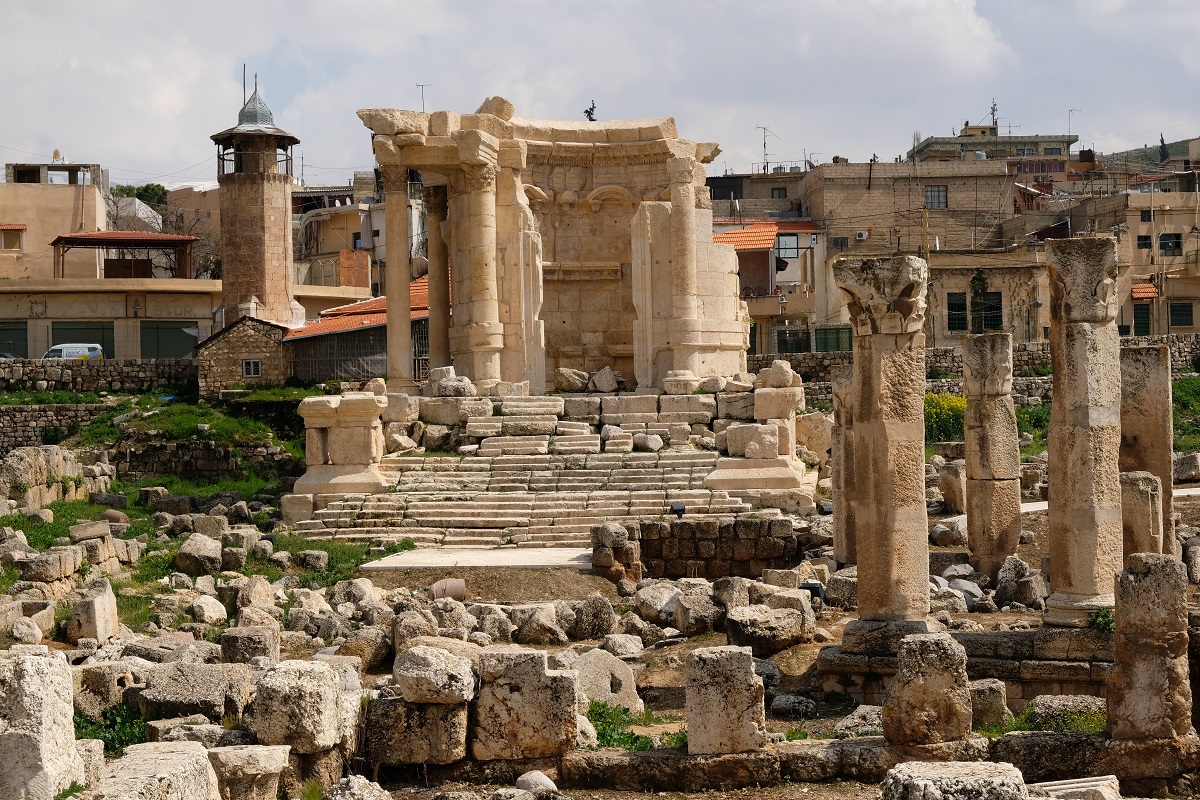
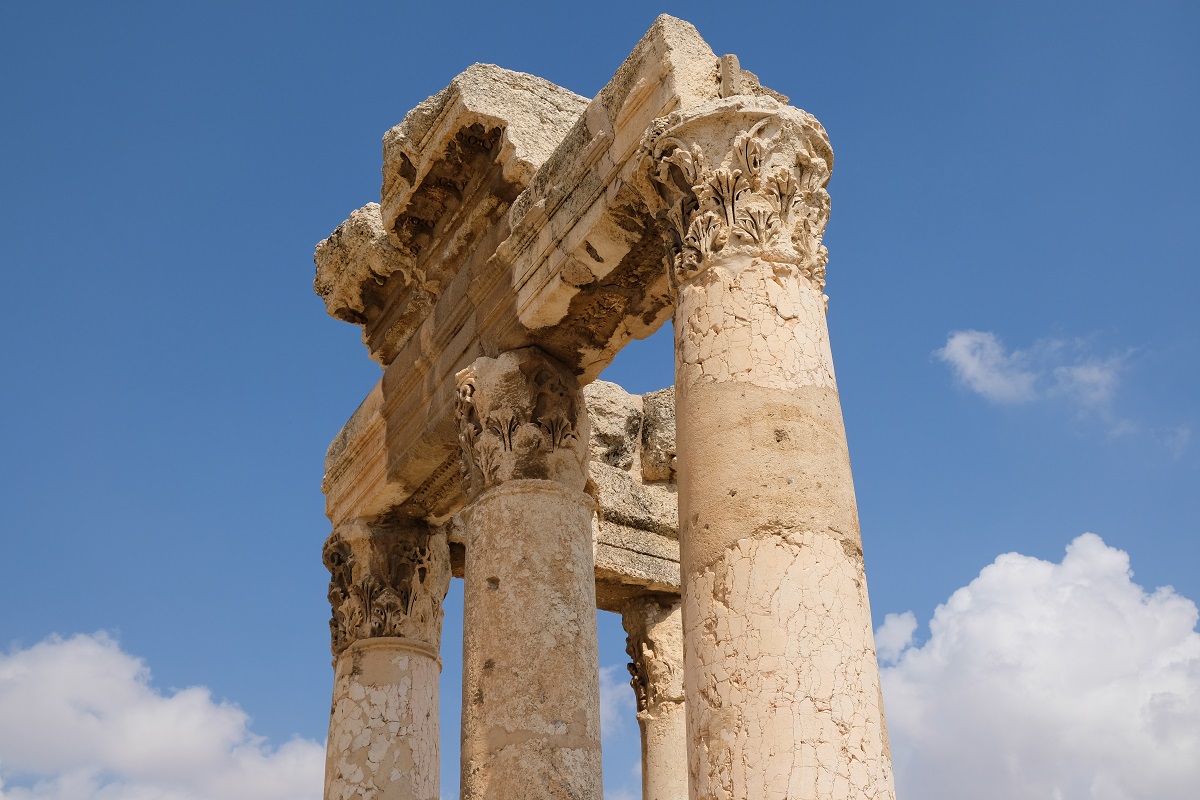
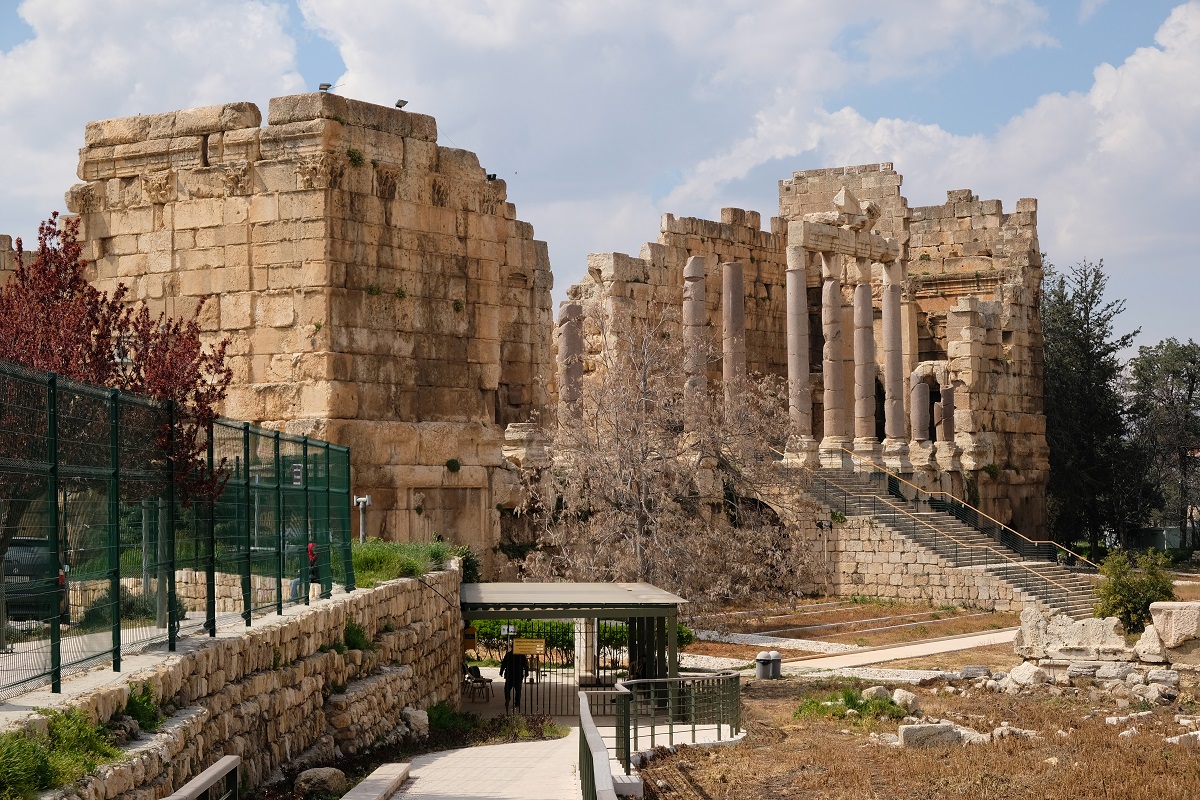
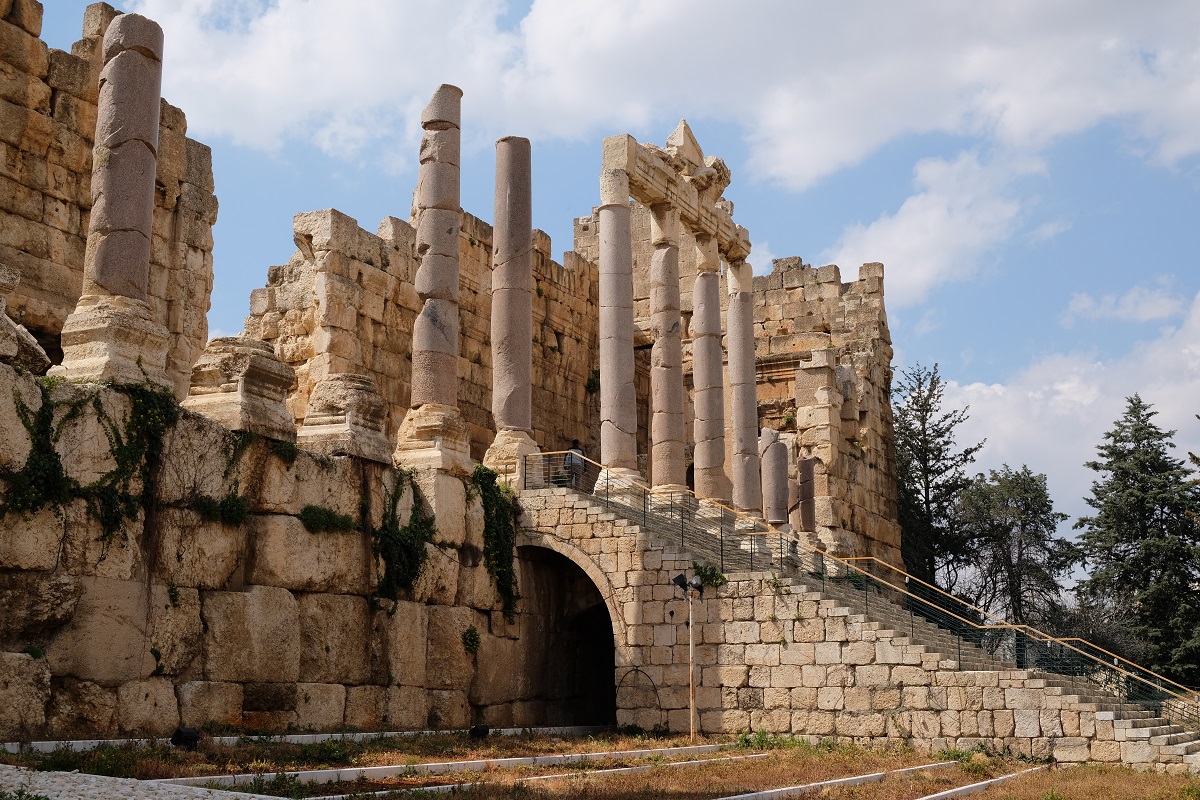
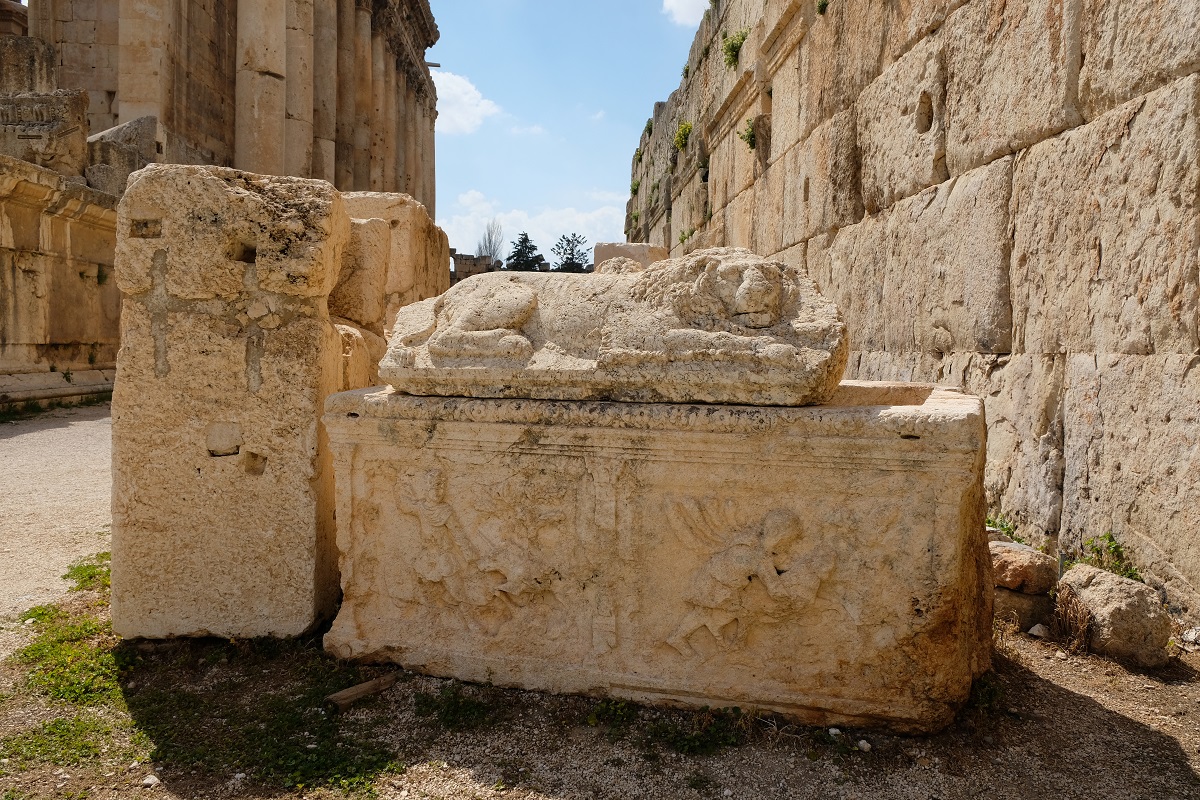

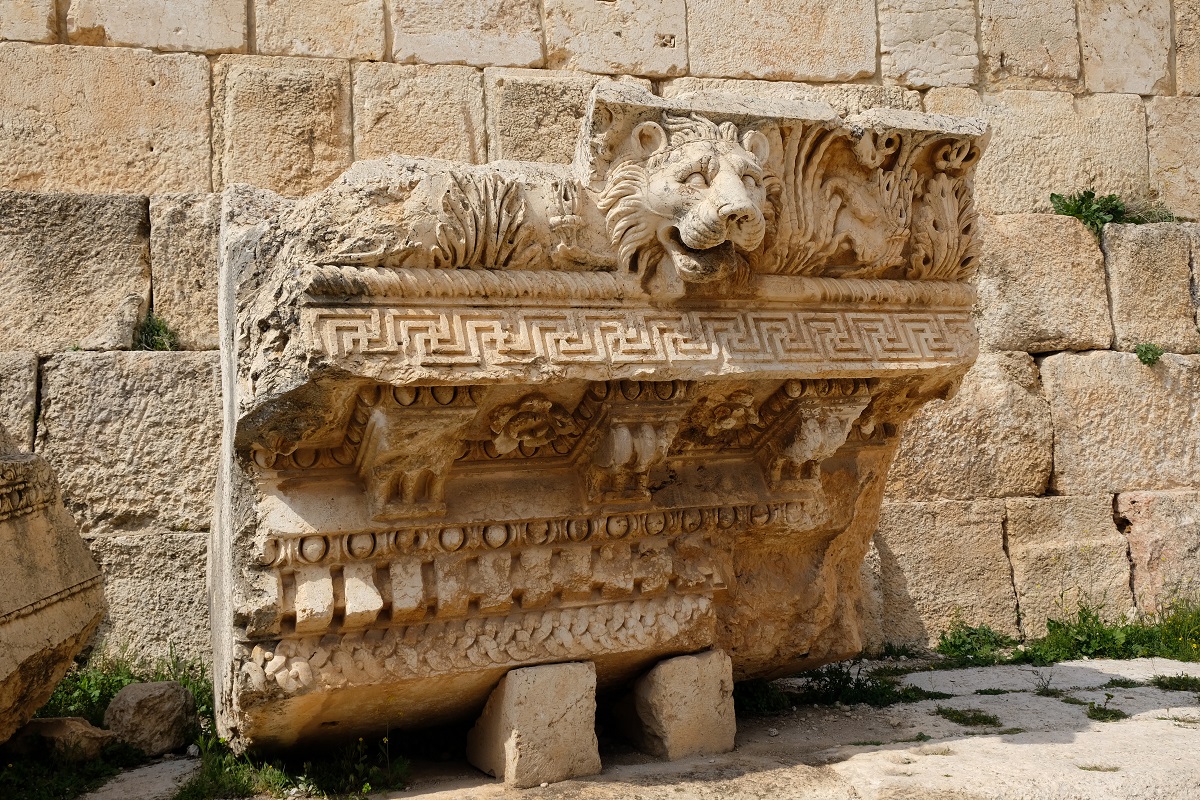
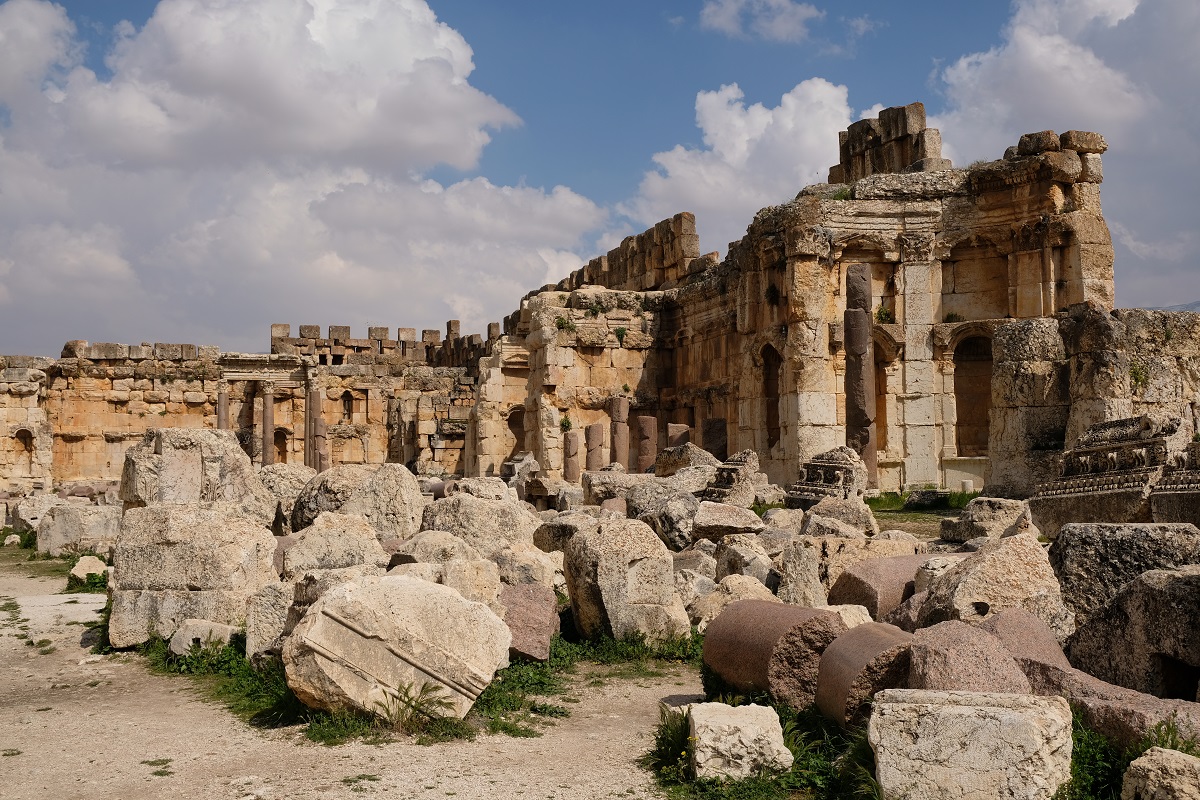


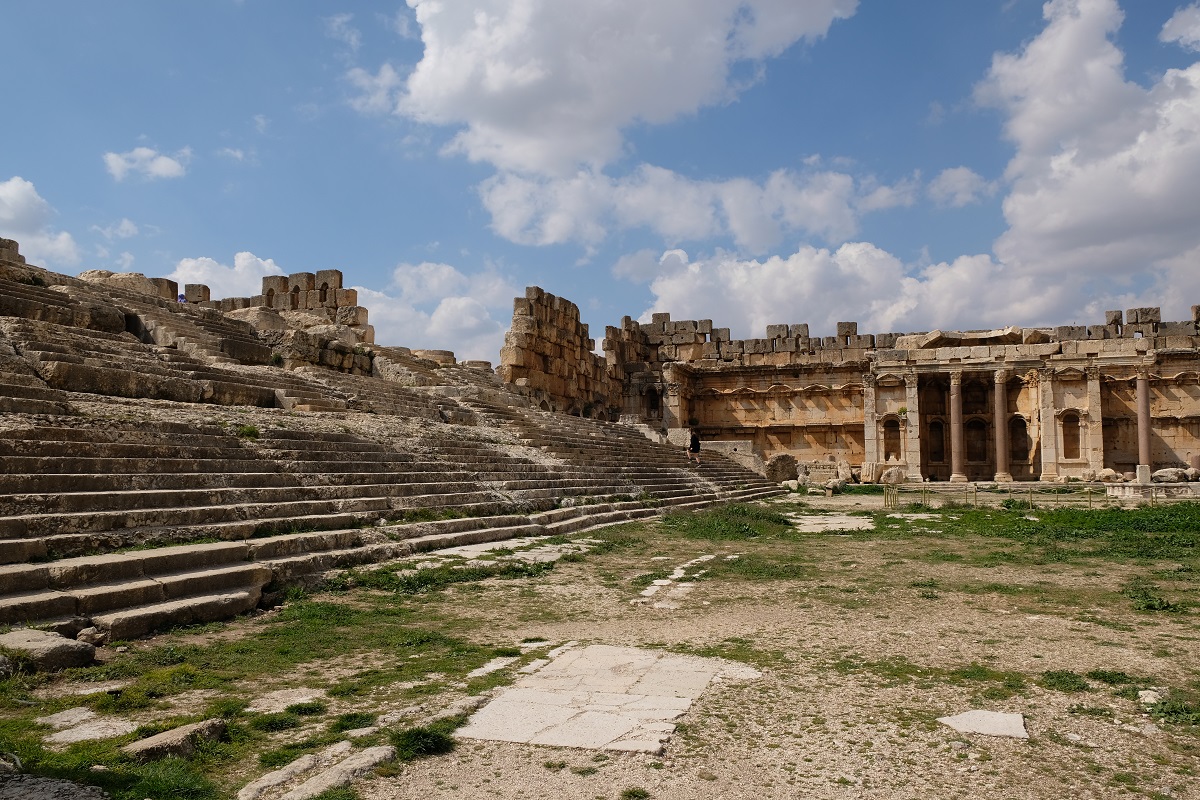

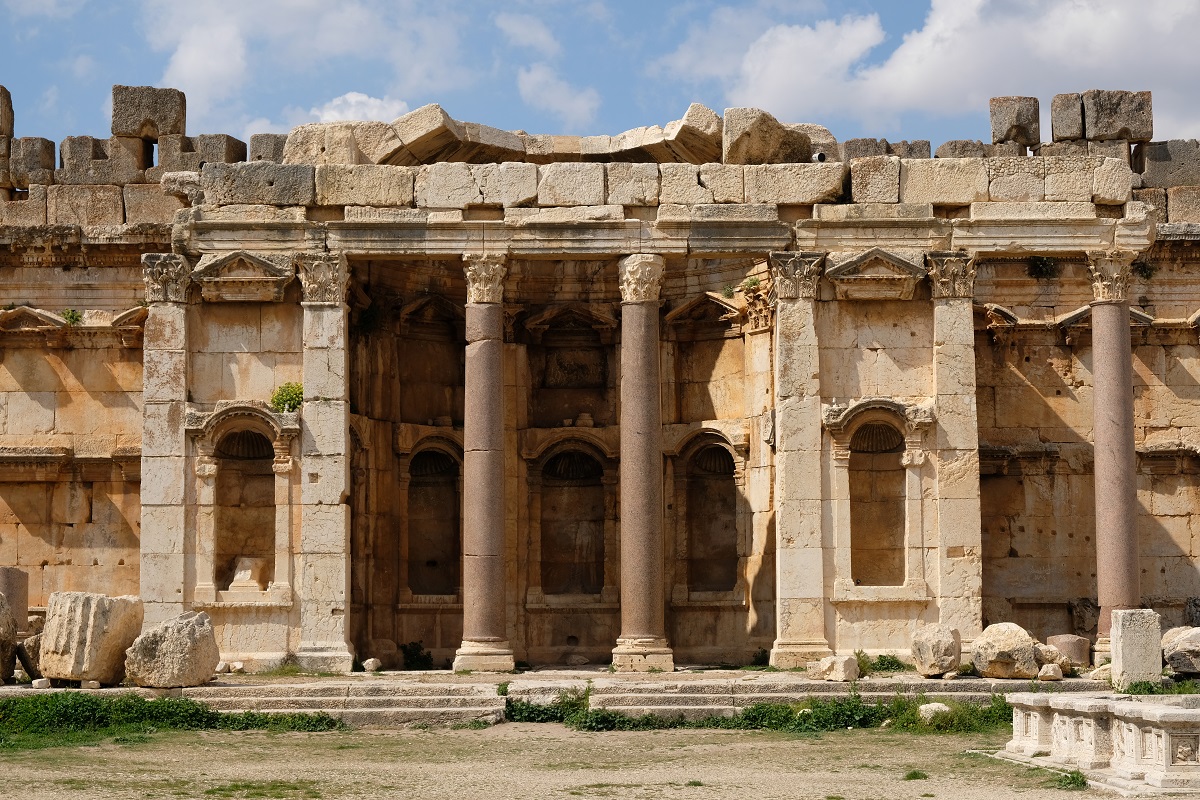




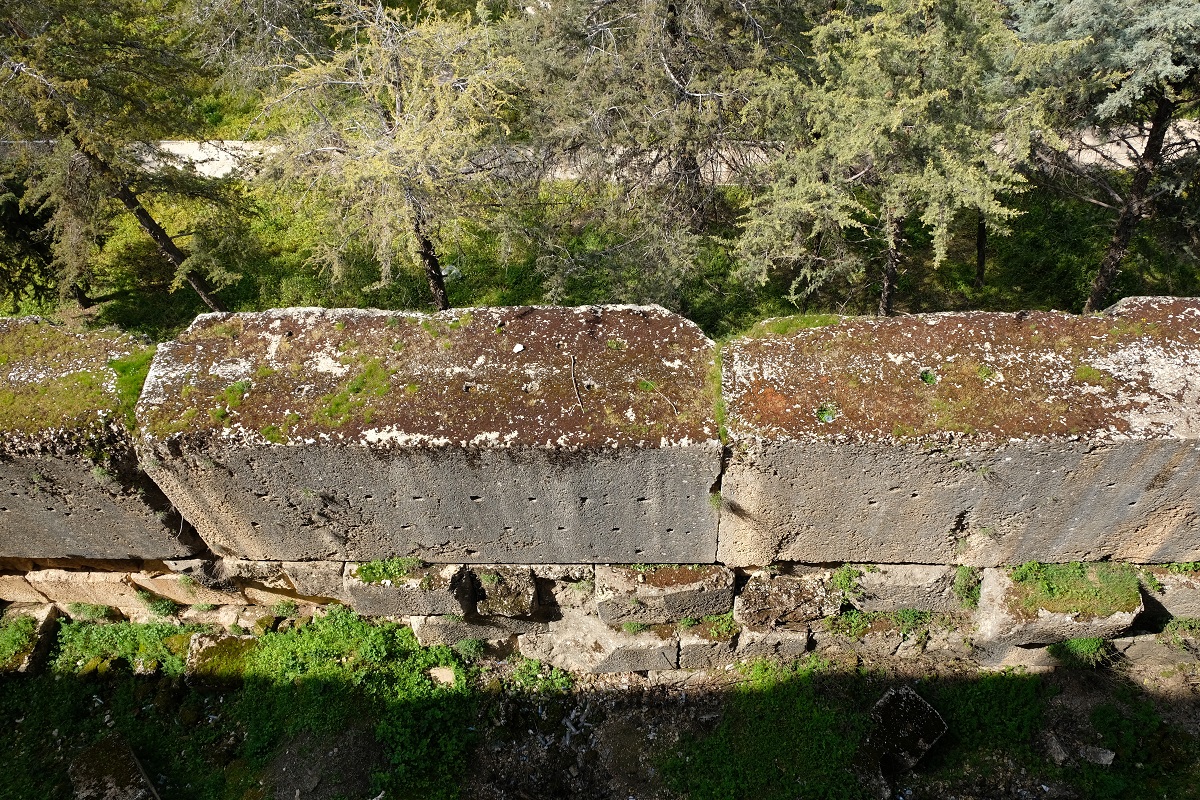



Wow, these ruins look amazing! Thanks for sharing, I love learning about these lesser know destinations that you visit!
LikeLiked by 1 person
You’re welcome. Baalbek is a place everyone who loves ancient architecture needs to visit. Not only are the ruins amazing, the journey to go there is truly an unforgettable experience.
LikeLike
Wow, wow, wow!! So glad you could make it to Baalbek. What beautiful ruins. Your writing gives incredible information in an easy readable format. Thank you for showing me the incredible beauty and complicated history of Lebanon, Bama.
LikeLiked by 1 person
Thanks Jolandi! At first I wanted to write about Baalbek in one post, but I decided to divide it into two separate posts. Otherwise it would have been a very long read given the long and convoluted history of this place.
LikeLiked by 1 person
I am always amazed at the amount of research you do. Really wonderful to travel through your lens and words.
LikeLiked by 1 person
Much appreciated, Jolandi! It can be overwhelming sometimes. But it also helps me to have a deeper understanding of a place.
LikeLiked by 1 person
WOW.
Good to learn about these lesser known destinations.
LikeLiked by 1 person
Thanks for reading! Glad this post gives you a little information about this fascinating place.
LikeLike
what a beautiful journey you took us, thank you so much for sharing. For some unknown reason, Baalbek rings a bell within me, from back in my childhood.
LikeLiked by 1 person
And thank you for reading, Cornelia. Was it a book that you read? I wonder how these ruins were depicted many years ago before the start of the civil war.
LikeLike
Exceptional photography of an extraordinary ordinary place. Did you use a tripod for the interiors?
LikeLiked by 1 person
Thank you, Umashankar. Actually I stopped using a tripod a long time ago because it wasn’t practical to travel around carrying it.
LikeLike
Fascinating! A place that I’ve not heard of or thought about going 😁
LikeLiked by 1 person
You should consider going to Lebanon since it’s more straightforward for Singaporeans to get a Lebanese visa.
LikeLiked by 1 person
Yeah, but somehow the Middle East isn’t at the top of my bucket list right now.
LikeLiked by 2 people
No worries. The world is one big place to explore.
LikeLiked by 1 person
Truly amazing info. Great photos as usual.
Keep em coming!
LikeLiked by 1 person
Thanks John and Susan! I hope I’ll make it to your part of the world sooner than later.
LikeLike
The stone just blows me away. In the ruins, in the underground dining room, everywhere. Mediterranean stone just has a glow that I find so warm and soft-looking, no matter what country it’s in and what culture used it in their building. What a great choice you made to visit this area; I’ll have to remember it!
LikeLiked by 1 person
Exactly what I thought when I saw the stone — there’s an unmistakably Mediterranean feeling to it although I’ve never been to other countries around this sea. But I remember one particular bar in Bali which evoked the same feeling because of the stone they used for the interior. Lex, I think I’ve told this before, but I’m going to tell you again… you’ll love Lebanon!
LikeLiked by 1 person
Really interesting post Bama. The ruins look amazing (but I hope you get to Ephesus one day), and that hotel looks very luxurious. The stonework everywhere is beautiful. Lovely photos.
Alison
LikeLiked by 1 person
Thanks Alison. Oh how much I want to go back to Turkey and explore places outside Istanbul. Given how cozy and strategically-located our hotel was, I didn’t really complain much about the power cuts during our stay in Baalbek, but that’s for another post.
LikeLiked by 1 person
This is the first post that I’ve read from you, and I have to say that I love it! You provide such detailed information on both the structures and the history of the location, as well as what is currently going on in that part of the world. It’s truly eye-opening and broadens my horizons a bit more. I’m excited to see where you go next!
LikeLiked by 1 person
Hi Reign! Thank you for reading this blog post. Learning about the history of a place helps me understand why things are like what they are today, and it helps me appreciate a place’s uniqueness more. Glad you enjoyed this kind of approach!
LikeLiked by 1 person
This is a must VISIT place. It looks amazing. Thanks for sharing mate.
LikeLiked by 1 person
The Beqaa Valley is really beautiful, and so is the Qadisha Valley. For such a small country Lebanon surely is packed with incredible places. Thanks for dropping by!
LikeLike
you are most welcome mate
LikeLiked by 1 person
Pingback: Blog Review of ‘What an Amazing World’ – Plants and Parks
Your determination to see the Beqaa Valley and its Roman ruins despite transportation, security and weather issues really paid off. The ruins are unbelievable and I am amazed that they house the largest Roman temple in the world. James is right: you have peaked early when it comes to visiting Roman ruins. I love both the new and the historic hotel—they both ooze old European charm.
I am learning so much about Lebanon from you!
LikeLiked by 1 person
Throughout our week-long trip to Lebanon we never felt unsafe. Yes, there were security checkpoints, but we also encountered such thing in Sri Lanka, Bhutan and parts of India. At one point we actually went to a small town near the border with Syria, but that’s another story. Baalbek was indeed amazing, but I’m not too worried about visiting other Roman ruins after this because even after going to Borobudur (the largest ancient Buddhist temple in the world) I still enjoyed my visits to other smaller Buddhist temples.
LikeLiked by 1 person
Pingback: Anjar: From the Umayyads to the Armenians | What an Amazing World!
Bama, that drive from Al Arz over the mountain passes down to Baalbek was epic – you could really get a feel for just how diverse Lebanon is (in terms of the landscape and religion) despite its small size! As for the Roman ruins, I must have told you at the time but nothing I saw in Rome itself apart from the Colosseum could match the scale and grandeur of those temples. It was a shame the famous colossal columns were under scaffolding when we went, but at least we could still get a feel for just how tall and enormous they are. And I’m so glad we got to stay in a hotel as atmospheric as L’Annexe instead of doing a quick day trip from Beirut. A fantastic post as always!
LikeLiked by 1 person
In retrospective, I’m actually glad that on our way to Al Arz the fog was so thick because we didn’t get to see the beauty of the valley until the next day. It’s like opening a present on Christmas day, I suppose. Whenever I tell people that I went to Lebanon, they always ask me why, and I always show them the photos of the snow and the magnificent Roman ruins that we saw. Those are some of the things most Indonesians don’t associate Lebanon with.
LikeLiked by 1 person
Pingback: Along the Colonnaded Street of Jerash | What an Amazing World!